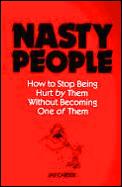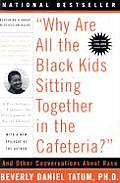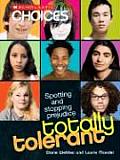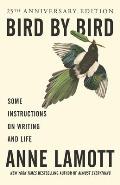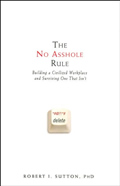Subtitle: How to stop being hurt by them without becoming one of them
Re-read while writing my double bind article.
The first half of this book talks about invalidators and how subtle and awful they can be. The tone is affirming and validating for those who have been invalidated in the past.
The second half abruptly changes tone and says there are no invalidators, only people using invalidating mechanisms which can be catching from one person to another. It is true that we have all invalidated others at times, but the shift felt awkward and unsettling.
The gap is bridged by saying that 1% of people are incorrigibly invalidating, but 20% can change their ways with suitable feedback.
I had a mixed reaction to this book. It contains some helpful information, delivered as absolute statements, some of which contradict each other, and many of which talk down to the reader.

